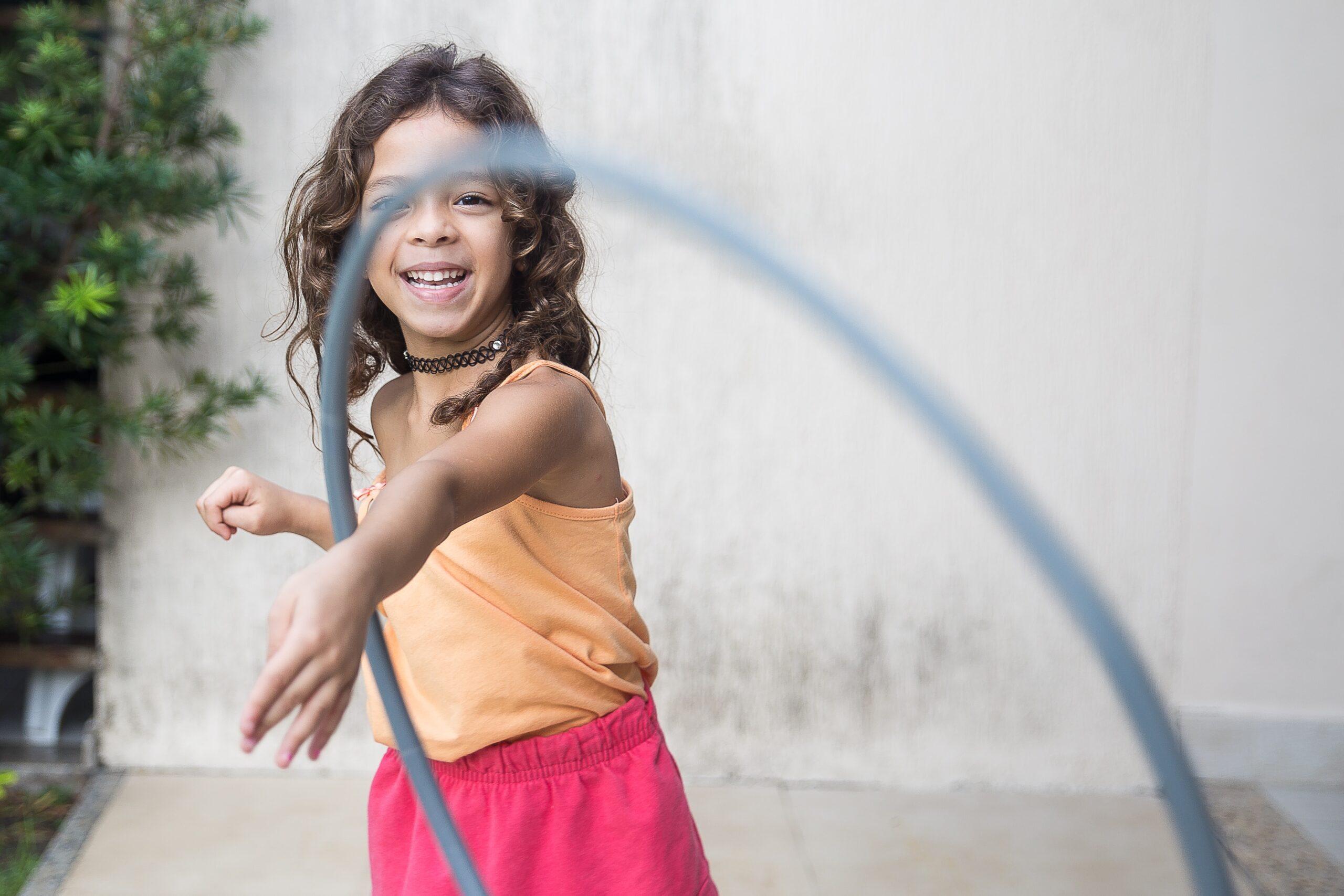Is it possible to raise a child without raising your voice? It can be done if parents learn how to understand behavior and needs that typically influence behavior, while avoiding pointless and frustrating arguments.
In my book, Behavior Coaching: A Step-By-Step Guide to Helping Your Child Improve Behavior at Home and School, (co-authored by Matt Pasquinilli), there are nine steps listed that will help you discern the difference between actions and character, discuss with your child ways to behave to keep him/her out of trouble and follow up in a consistent manner. We’ve had great success with many children, including those with ADD/ADHD and Asperger’s syndrome.
1. Find a good time for your coaching session.
When scheduling your coaching session, consider your child’s weekly or daily routine. If you schedule a time that interrupts a favorite television program or a time usually spent playing with a friend, you might spend the time fighting. A good time to talk might be half an hour before bed or just after dinner. About 30 minutes should be a sufficient amount of time.
2. Be specific about what behaviors have to be changed.
Discuss what you see, not how you feel. Sticking to the facts will allow you to have an unemotional interaction with your child and will increase the likelihood of you getting what you need. Start by writing out what the child is doing that needs to be modified before your coaching session. Once you have a list of behaviors you want to change, select one to start with. When your child changes one behavior, recognize him for it and move on to a new behavior.
3. Physically and mentally prepare.
You need to exercise. If not for yourself, then do it for your child. Exercise prepares the lungs for the deep breathing needed to reduce stress. Before long, you’ll feel better and find that you are more patient in dealing with your child’s stressful behaviors. Meditation is also helpful. Before your coaching session, try this: sit comfortably with your eyes closed. Count to three slowly while inhaling, and then exhale to a slow count of three. Repeat until you feel more calm and relaxed.
4. Suspend judgment.
Sometimes when a child has a pattern of negative behavior, a teacher or parent might think of that child as obnoxious, disrespectful, spoiled or worse. Once judgment has been passed and a sentence handed down, it is very difficult for that child to make amends and to change the mind of the adult about his character. If you want to change a child’s behavior, you must isolate the child’s behavior and see it as a separate thing from the child’s character. Recognize the behavior that needs to change and address only that behavior.
5. Start your coaching session by stating your intentions.
When you start your coaching session, let your child know that you are not mad and that you only want to help him become happier and healthier. This is a true statement that will help you establish and clearly define your role as the parent. Help your child feel comfortable about the coaching session by staying relaxed. If you start to feel frustrated, take a quick break. Focus on your breathing to help you stay calm and in control. Once you are ready, call your child back and start again.
6. Don’t do all of the talking.
Be specific about what you want your child to do, and then ask them to repeat it. Listen closely to the answer, and don’t correct what they are saying. When they say something you disagree with, say, “I hear what you are saying,” or “I understand your point.” Avoid using “but.” When you say “but,” it means that everything they said is wrong. Instead, use “and.” For example, “I hear what you are saying, and I know your teacher would like you to raise your hand when you ask a question.”
7. Give good alternatives to negative behaviors.
Just telling your child not to act a certain way is not enough. Ask him to come up with good alternatives to his bad habits. Write down all of the good alternatives that you and your child come up with. Once you have your list, you can refer to it every time you need to. You can even treat it like a legal document and refer to it to settle a dispute or argument. Put the list on the refrigerator or somewhere that your child will see it often. Give your child a copy of the list for his book bag or locker at school.
8. Pre-game pep talk and post-game follow up.
Right before sending your child to the bus stop or dropping him off at school, have a brief “pep talk” to let your child know he is about to face the situation you talked about and remind him of how you want him to handle himself. Tell him that after school is over, you’ll ask for a full report. Hopefully your child will start to report with real excitement that he had faced the situation and successfully applied the alternative behavior to it.
9. Celebrate!
Recognition of appropriate behavior can be more effective than praising for the sake of praising.
Decide for yourself how significant a behavioral change is. If your child really fought hard to change a negative behavior, then celebrate big. If it is a small victory, then reward your child with something small and meaningful, but recognize him more with words than prizes.
Behavior coaching utilizes many important attributes of positive parenting. Observation, discussion and consistency are just three of the most crucial components of effective behavior coaching. This is a starting point for you, and as you begin this process and grow with your child, you will come up with what works best for both of you.




